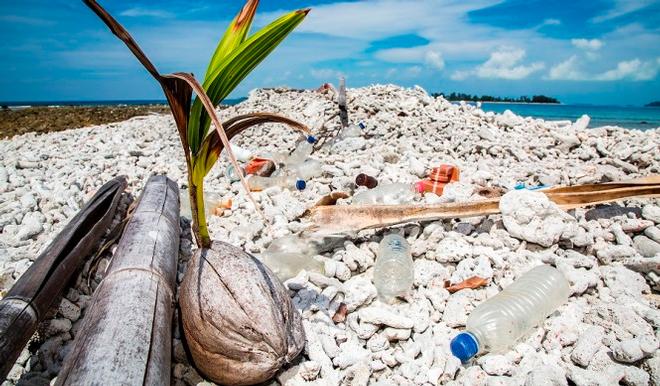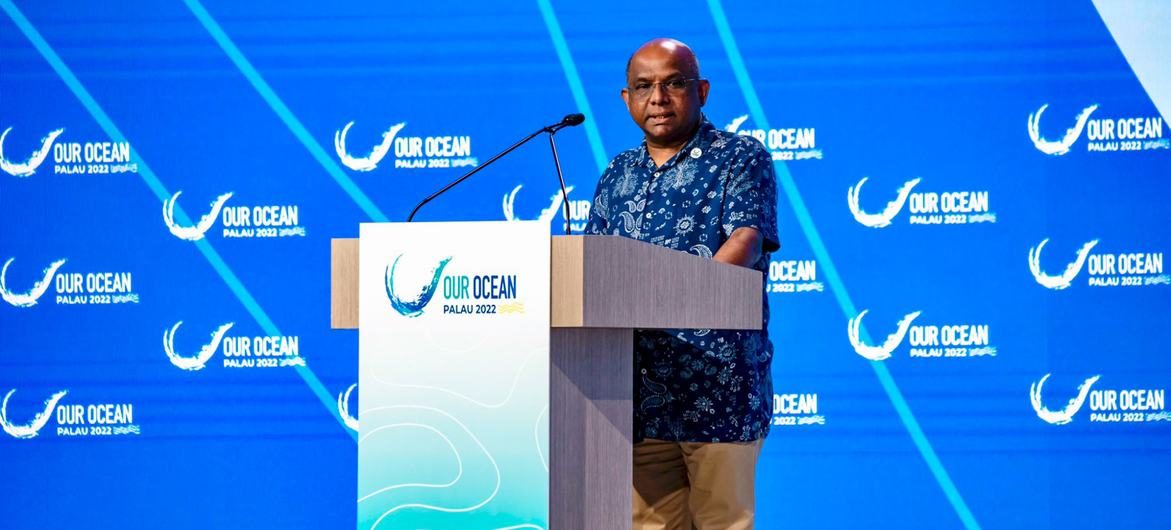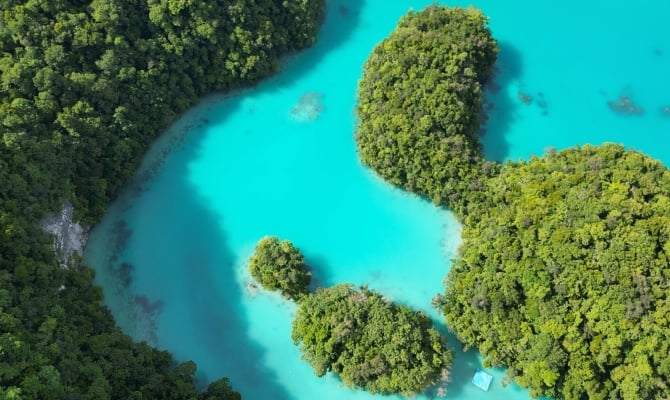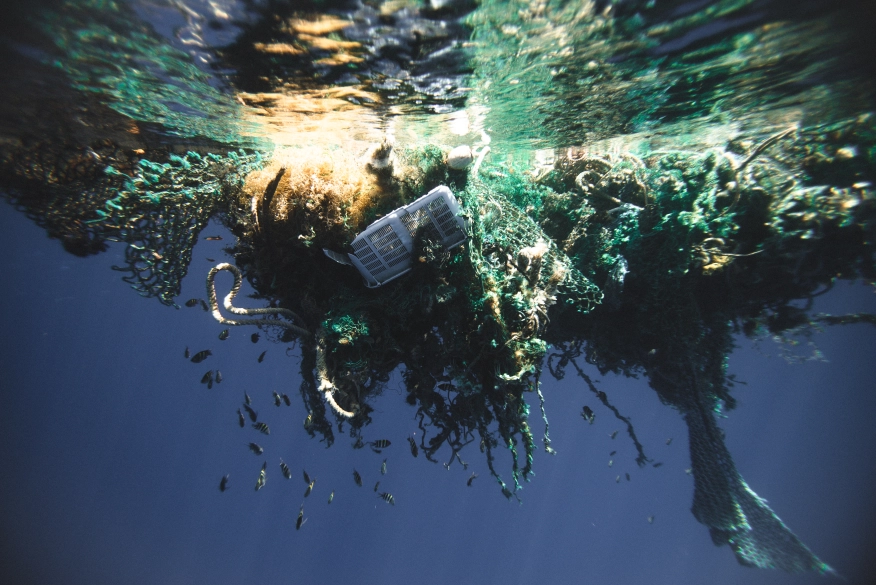A new study has found significant amounts of microplastics throughout Palau’s reefs and beaches
A new study conducted by the Palau International Coral Reef Center (PICR) and the Center Scientifique de Monaco found plastic waste has polluted Palau’s islands, reefs and beaches.
The researchers sampled seawater, sediments and beach sand throughout Palau’s islands for tiny plastic particles. Significant amounts of plastic were detected in every sample.
“Palau was chosen as a study site for this experiment because our reefs are considered pristine. But even here we found high concentrations of microplastics,” said Otto. “There is likely nowhere left in the world that has not been contaminated by plastic pollution to some degree.”
The study was co-authored by the Center’s Researcher Ikelau Otto and Chief Executive Officer Dr Yimnang Golbuu with Drs Eric Beraud, Vanessa Bednarz and Christine Ferrier-Pages from the Centre Scientifique de Monaco and recently appeared in the scientific journal, Plos One.
The authors noted that in recent decades, plastic pollution in the oceans has been steadily increasing and has become one of the major threats to marine life
“Due to its chemical properties, plastic can persist for decades and continuously accumulate in the oceans. It is estimated that 4.8 to 12.7 million tons of plastic waste enter the ocean every year nowadays,” the researchers said.
They found that more than 92 percent of the plastic waste currently found in the ocean is microplastic, particles less than 5 mm in size, which they said can pollute the marine environment.
Marine life absorbs these plastic particles into their bodies where the plastic can harm their metabolism, respiration and immune systems. Coral reefs may be particularly vulnerable.
“Research has shown that corals absorb plastic particles the same way they absorb their food. Once the plastic is inside the corals, it can impair their growth and lead to coral bleaching” Golbuu said.
The study showed the lowest concentration of microplastics in northeast areas like Melekeok, Ngiwal and Ngaraard. Ocean currents flow away from the coast in these areas and may carry plastic pollution out to sea.
Southeastern islands like Mecherchar were found to have comparatively higher concentrations of microplastic on their beaches. This may be because plastic collects on the outer reef at low tide and washes into the beach as the tide rises.
The researchers said although awareness of the harmfulness of plastic debris to marine life is increasing, knowledge of the abundance and size distribution of plastic debris in areas of low human impact is still very low.
“This is true for coral reef ecosystems in pristine areas far from major urban locations and pollution sources,” they wrote. “Coral reefs are one of the most biodiverse habitats on the planet, providing nursery, breeding, and feeding grounds for a wide variety of organisms. Coral reefs are also vital in providing natural resources for humans.”
This story was originally published at Pacific Island Times on 21 July 2022, reposted via PACNEWS.




